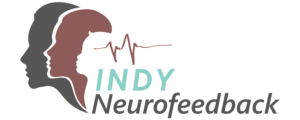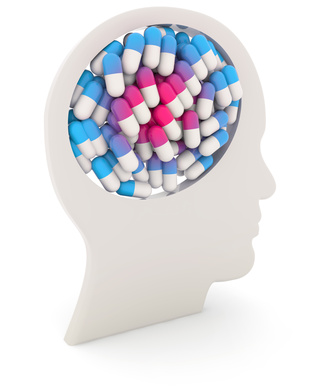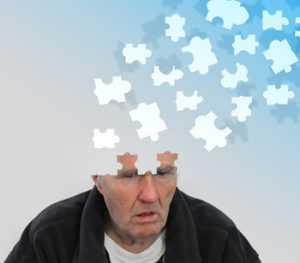Does depression affect men & women differently?
 Absolutely! In fact, according to the American Medical Association (AMA), men and women often experience depression differently. Interestingly, while depression and pain affect men and women in almost equal numbers, symptoms are likely to differ.
Absolutely! In fact, according to the American Medical Association (AMA), men and women often experience depression differently. Interestingly, while depression and pain affect men and women in almost equal numbers, symptoms are likely to differ.
Depressed men are more likely to feel angry, irritable, and frustrated, and often have sleep problems. Men may focus excessively on work to avoid talking about how they feel. They may behave recklessly or abusively, or use drugs or alcohol as ‘self-medication’.
Women more often report feeling sad, guilty, or worthless when they are depressed. More women than men attempt suicide, but men are more likely to succeed (almost four times as often).
Some symptoms of depression in men may include:
- Anger, irritability, and impatience or overreaction to small things.
- Inability to concentrate, forgetfulness or trouble making decisions.
- Isolation, with slow or sudden withdrawal from friends and family.
- Substance abuse. Drug or alcohol problems often hide an underlying problem with depression.
Women who are depressed may exhibit any of the above symptoms, as well as:
- Sleep problems, either sleeping too much or not enough, or finding it hard to get up in the morning.
- Anxiety and/or worry, restlessness, and tension.
- Inability to concentrate, forgetfulness or trouble making decisions.
- Appetite changes, either overeating to feel better, or losing one’s appetite altogether.
- Crying over small things or about nothing at all.
Both male and female clients of INDY Neurofeedback frequently report recurring pain that doesn’t seem to respond to treatment. That can be an early warning sign, because we know that some feelings of pain can be a symptom of depression. INDY Neurofeedback has proven non-medical ways of helping those with pain and depression to recognize ways of retraining their brain to reprocess pain pathways and often finding new relief.
Whether you’re male or female, if it’s depression that is the cause of the pain, or just one contributing factor, knowing the facts is the first step in the process of finding relief!

 We’ve all heard about the power of gratitude and positive thinking. So what is this concept all about and more importantly, how does it affect your mood, your brain and your thinking?
We’ve all heard about the power of gratitude and positive thinking. So what is this concept all about and more importantly, how does it affect your mood, your brain and your thinking?
 Over five and a half million Americans are living with the neurodegenerative disease today. According to the Alzheimer’s Association (www.alz.org), medical researchers predict that by 2050, 14 million people in the U.S. will require full-time care for Alzheimer’s disease. That number is equal to the populations of New York City, Los Angeles and Chicago combined.
Over five and a half million Americans are living with the neurodegenerative disease today. According to the Alzheimer’s Association (www.alz.org), medical researchers predict that by 2050, 14 million people in the U.S. will require full-time care for Alzheimer’s disease. That number is equal to the populations of New York City, Los Angeles and Chicago combined. Across America, there’s a pill for just about every health issue you can think of. Americans don’t think twice about using them, either. If it’s available in a drug store, then it must be safe, right?
Across America, there’s a pill for just about every health issue you can think of. Americans don’t think twice about using them, either. If it’s available in a drug store, then it must be safe, right?